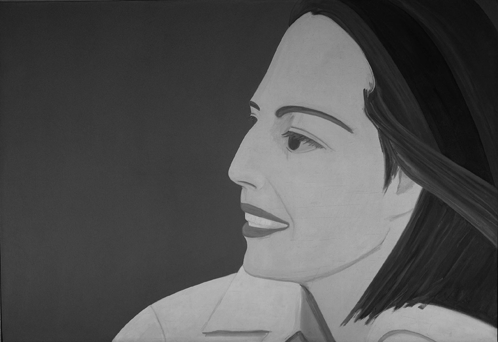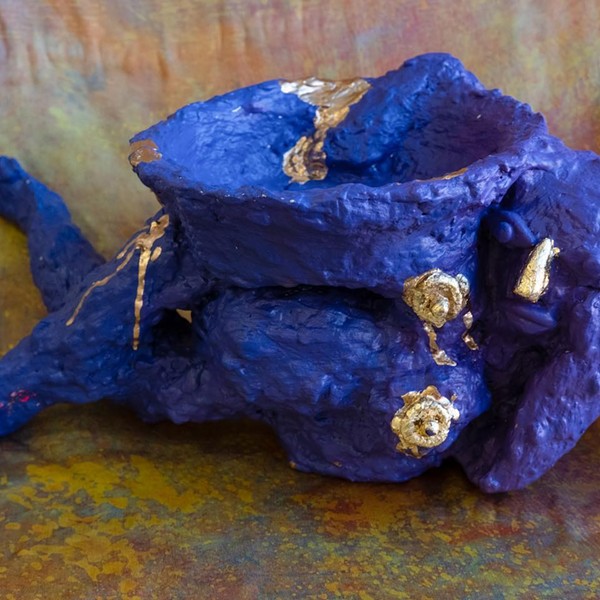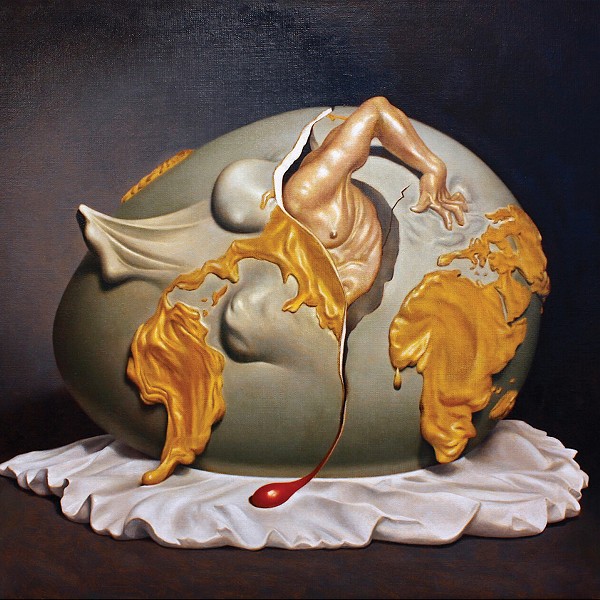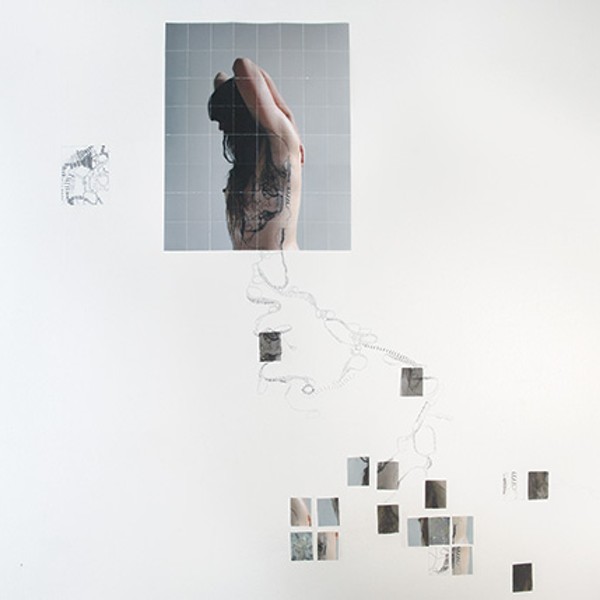In the 1950s, Alex Katz was one of the first artists of his generation to reject the abstract and intensely-emotional style of the influential New York School painters (Pollock, de Kooning, Rothko, Kline, etc.) and return the human figure to American art. In an era dominated by Abstract Expressionism, which asserted that a painting should represent only its own flat painted surface and the artist’s inner life, Katz’s art portrayed people and gave away nothing of either his subjects’ emotions or his own.
Katz, Brooklyn-born and raised in Queens, aspired to be the equal of the New York School masters, to “knock them off the wall.” “My intention,” the 80-year-old artist once said, “was to make something fresh and post-abstract.” “Alex Katz: Selections from the Whitney Museum of American Art,” the current installment of the “Bank of America Great Art Series” at the New York State Museum in Albany, New York, is a measure of his success. The show provides a select overview of this influential painter’s career through 32 paintings, collages, cutouts, drawings, and prints spanning 46 years.
Katz’s influences ranged from the Renaissance mathematician/artist Piero della Francesca to the American figurative painter Fairfield Porter. He declared that, “Matisse is my hero,” but those familiar with early 20th-century painting may notice that the Frenchman’s influence came by way of Milton Avery, the American modernist whose broad, cool expanses of color are directly referenced in Katz’s Lincolnville Beach (1956) and Blueberry Field #1 (1959). Katz was in step with the formalism of Clement Greenberg, the most influential critic of the time, who championed Jackson Pollock and insisted on the inherent “flatness” of painting. Since Katz wanted to hold his own against the mural-sized canvases of Pollock and others, his paintings also got bigger. The Red Smile and Eli, both from1963, show his mature style—broad areas of flat color impersonally defining larger-than-life images. It was an aesthetic that brought Katz renown, and he remained true to it. Two decades later, it is still visible in the 1982 tour-de-force Red Coat.
The chilly neutrality of Katz’s style carried over into the personality of his subjects. The people inhabiting Katz’s paintings are of a type—slender and white, crisp and clean, conveying a certain ease (if not affluence). They are, in fact, more object than subject. Ada, Katz’s wife of 50 years, has been the focus of more than 250 portraits, nine of which are in the State Museum. Where an early work like Ada (Oval) from 1959 seems to be about her, subsequent portraits seem to be of her. Conceptually courageous for their time, most of Katz’s work stirs neither emotion nor imagination for viewers today. But there are exceptions. A painting like Black Scarf, a 1996 portrait of Ada, brings us face to face with a woman of thought and apprehension. It’s at such moments, when Katz has not drained the human content from his images, that his work has its most enduring effect. The exhibit continues through August 19. (518) 474-5877; www.nysm.nysed.gov.

















